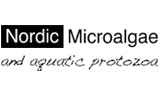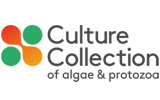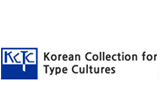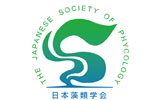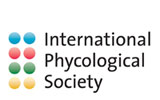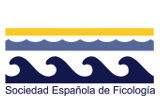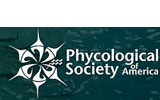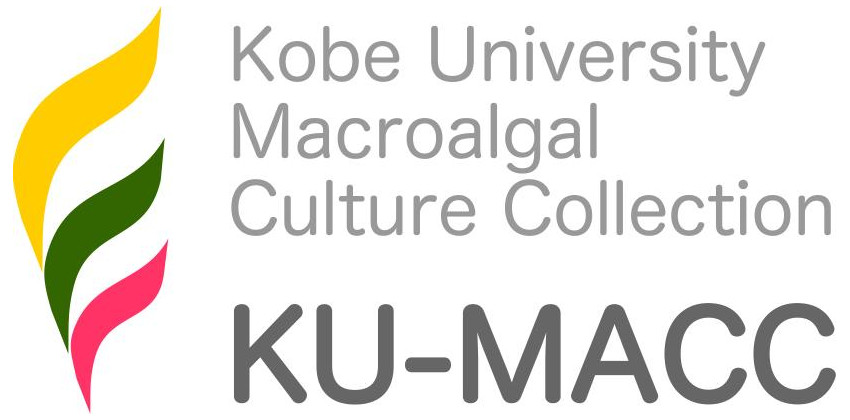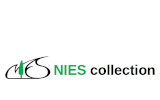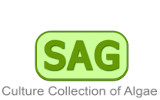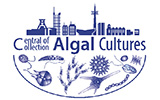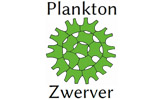Volvox Linnaeus, 1758
Lectotype species: Volvox globator Linnaeus
Original publication: Linnaeus, C. (1758). Systema naturae per regna tria naturae, secundum classes, ordines, genera, species, cum characteribus, differentiis, synonymis, locis. Tomus I. Editio decima, reformata. Editio decima revisa. Vol. 1 pp. [i-iv], [1]-823. Holmiae [Stockholm]: impensis direct. Laurentii Salvii.
Type designated in: Spencer, M.A., Irvine, L.M. & Jarvis, C.E. (2009). Typification of Linnaean names relevant to algal nomenclature. Taxon 58(1): 237-260.
Description: Colonies spherical, subspherical, ellipsoidal or ovoid, containing 500-50,000 cells arranged at the periphery of a gelatinous matrix, forming a hollow sphere. Two to 50 large reproductive cells (gonidia) situated in posterior 1/2 to 2/3 of colony. Each cell enclosed by gelatinous sheath which is distinct or confluent (species dependent). Somatic cells spherical, ovoid or star-shaped, each with two equal flagella, a stigma, two contractile vacuoles at base of flagella, and a cup-shaped chloroplast with single pyrenoid. Cytoplasmic strands between cells are thick, thin or absent and this is species dependent. Asexual reproduction by autocolony formation, each reproductive cell dividing successively to form a hollow, spheroidal plakea, which then inverts to form a daughter colony. Sexual reproduction oogamous; in monoecious species the sexual colony with both sperm packets (bundles of sperm) and eggs. In dioecious species, male colonies with androgonidia which divide successively into sperm packets; such males may be markedly reduced in size (dwarf male) or nearly as large as asexual colonies. The female colony has eggs, whose number is nearly the same as that of gonidia in asexual colonies (facultative female) or much larger (special female). After fertilization zygotes develop a heavy cell wall that may be ornamented with reticulation or spines. Upon germination, zygotes produce a single biflagellate gone cell.
Information contributed by: H. Nozaki. The most recent alteration to this page was made on 2023-08-03 by M.D. Guiry.
Taxonomic status: This name is of an entity that is currently accepted taxonomically.
Gender: This genus name is currently treated as masculine.
Most recent taxonomic treatment adopted: Masjuk, N.P. & Lilitska, G.G. (2011). Volvocales. In: Algae of Ukraine: diversity, nomenclature, taxonomy, ecology and geography. Volume 3: Chlorophyta. (Tsarenko, P.M., Wasser, S.P. & Nevo, E. Eds), pp. 218-225. Ruggell: A.R.A. Gantner Verlag K.-G..
Comments: Volvox is cosmopolitan in freshwater; V. aureus is common.
Verification of Data
Users are responsible for verifying the accuracy of information before use, as noted on the website Content page.
Contributors
Some of the descriptions included in AlgaeBase were originally from the unpublished Encyclopedia of Algal Genera,
organised in the 1990s by Dr Bruce Parker on behalf of the Phycological Society of America (PSA)
and intended to be published in CD format.
These AlgaeBase descriptions are now being continually updated, and each current contributor is identified above.
The PSA and AlgaeBase warmly acknowledge the generosity of all past and present contributors and particularly the work of Dr Parker.
Descriptions of chrysophyte genera were subsequently published in J. Kristiansen & H.R. Preisig (eds.). 2001. Encyclopedia of Chrysophyte Genera. Bibliotheca Phycologica 110: 1-260.
Linking to this page: https://www.algaebase.org/search/genus/detail/?genus_id=43497
Citing AlgaeBase
Cite this record as:
M.D. Guiry in Guiry, M.D. & Guiry, G.M. 03 August 2023. AlgaeBase. World-wide electronic publication, National University of Ireland, Galway. https://www.algaebase.org; searched on 27 July 2024
 Request PDF
Request PDF
